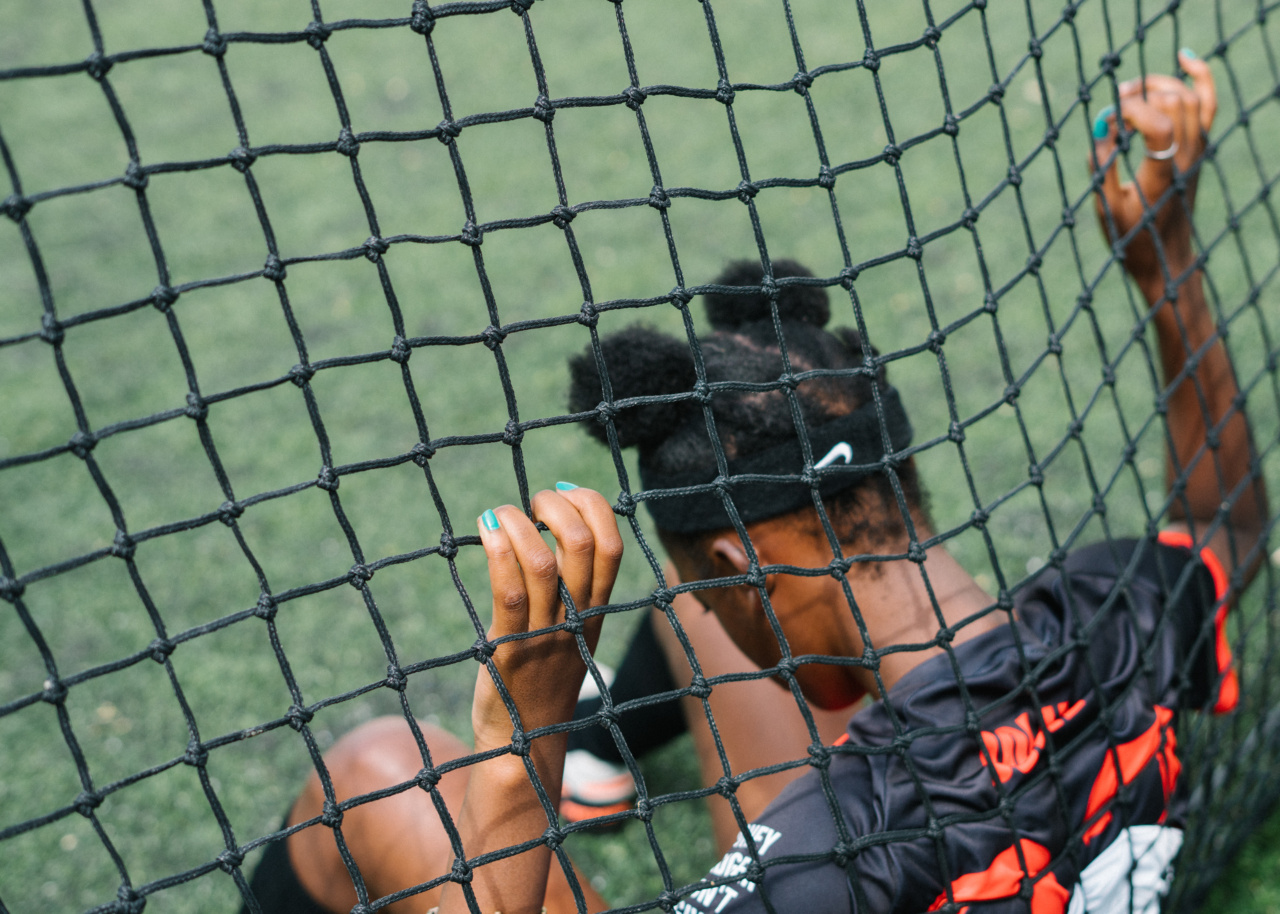Potty training is an important milestone in your child’s development. It is a process that requires time, patience, and understanding from both parents and the child.
Every child is different, and there is no set age at which a child should be ready to start potty training. However, there are certain signs that indicate your child may be ready to begin this journey. In this article, we will discuss ten key signs that can help you determine when your child is ready to start potty training.
1. Interest in the Bathroom
If your child shows an interest in the bathroom, such as following you or siblings to the toilet, or asking questions about it, it may be a sign that they are curious about the process. This curiosity can be a good starting point for potty training.
2. Ability to Follow Instructions
Potty training requires your child to understand and follow instructions.
If your child can follow simple instructions like “pick up your toys” or “put on your shoes,” it indicates that they have developed the cognitive ability to follow instructions related to potty training as well.
3. Communication Skills
Effective communication plays a crucial role in potty training. If your child can express their needs, wants, or discomfort verbally or through gestures, it becomes easier for them to communicate their need to use the potty.
4. Awareness of Bodily Functions
When your child starts to recognize the sensation of needing to go to the bathroom or indicates discomfort with a soiled diaper, it is a good sign that they are becoming more aware of their bodily functions.
This awareness can be an indicator that they are ready to be potty trained.
5. Longer Periods of Dryness
If your child’s diaper stays dry for more extended periods, it could indicate that their bladder muscles are developing and can hold urine for more extended periods. This ability is necessary for successful potty training.
6. Physical Readiness
Physical readiness is an essential factor in potty training. Your child should have sufficient balance and coordination to sit on and get off the potty independently. They should also be able to pull their pants up and down without much assistance.
7. Regular Bowel Movements
If your child has regular bowel movements that occur at relatively predictable times, it can be an advantage during potty training.
A consistent bowel movement routine allows your child to establish a schedule and become accustomed to using the potty at the appropriate time.
8. Expressing Discomfort with Dirty Diapers
When your child starts to show discomfort and begins to request a diaper change after soiling it, it demonstrates an awareness of the need for cleanliness. This awareness can be a motivating factor for them to learn to use the potty.
9. Increased Independence
As children grow, they develop a desire for independence. If your child is showing signs of wanting to do things on their own, it may be an indication that they are ready for the independence that comes with potty training.
This can include wanting to undress themselves or asserting their opinions.
10. Ability to Stay Dry for at Least Two Hours
One of the key indicators that your child may be ready for potty training is their ability to stay dry for at least two hours during the day.
This demonstrates that their bladder is maturing and can hold urine for an extended period, giving them enough time to make it to the potty.
Remember that every child is different, and these signs should be used as guidelines rather than strict rules. Keep in mind that rushing the process may lead to setbacks, frustration, and resistance from your child.
It’s important to be patient and supportive throughout the potty training journey.




























